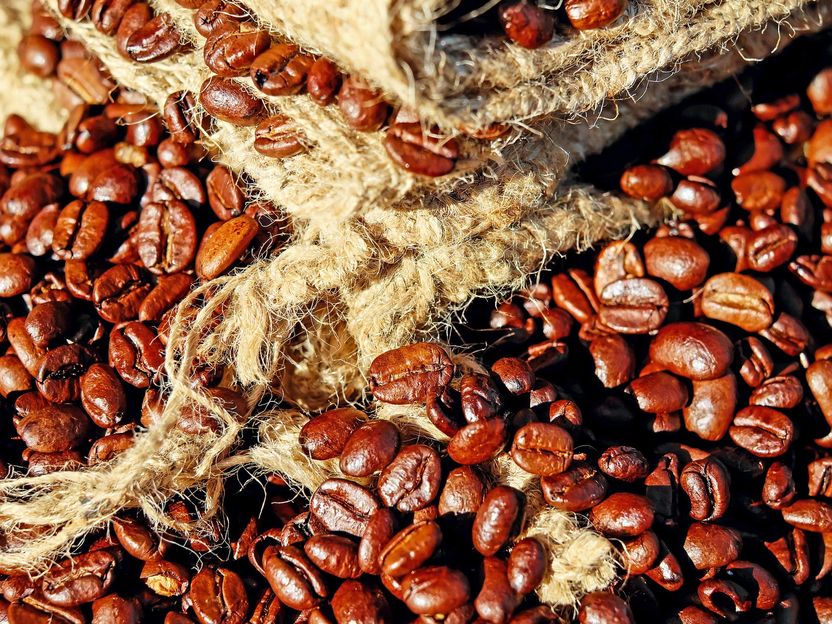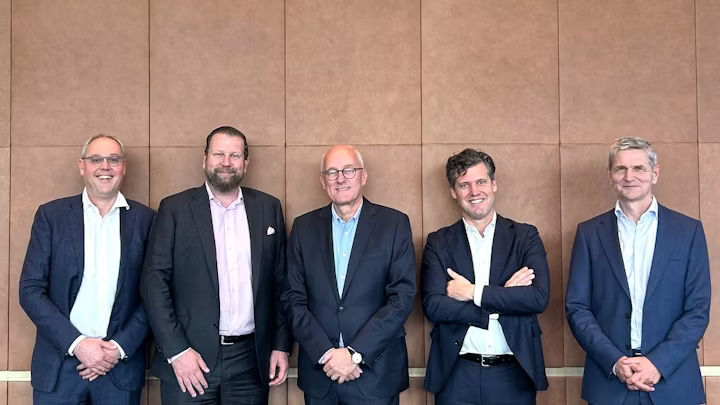How corporates can reduce robusta coffee sector's carbon footprint
Climate-smart interventions to improve production of Robusta coffee in Vietnam contributed to lower carbon emissions in the coffee sector
Advertisement
A recent study commissioned by the United States Agency for International Development (USAID) Green Invest Asia project, in collaboration with the agricultural consulting firm, Agri-Logic, confirmed how climate-smart interventions to improve production of Robusta coffee in Vietnam have contributed to lower carbon emissions in the coffee sector.

Couleur / Pixabay
Vietnam is the world’s largest producer of Robusta coffee, which is primarily grown in the country’s Central Highlands region. These farms have some of the highest yields worldwide, mostly because of high use of chemical fertilizers to replace soil nutrients. Agriculture is the source of more than 20 percent of carbon emissions in Vietnam; coffee is one of the country’s key exports.
The study is part of an ongoing collaboration with the global coffee and tea company Jacobs Douwe Egberts (JDE), IDH – The Sustainable Trade Initiative, four supply chain partners in Vietnam (ACOM, Louis Dreyfus Company, Mascopex, Simexco), and the Global Coffee Platform (GCP) to measure and boost the sustainability of Vietnam’s coffee sector.
The study found that smart-agriculture interventions JDE and IDH carried out in recent years with JDE suppliers have helped decrease greenhouse gas (GHG) emissions from coffee farms. “A key question we sought to answer was: Is sustainability-led transformation possible while also improving farmer livelihoods?” said Do Ngoc Sy, sustainability manager in Asia and the Pacific with JDE.
“The answer is yes, over the longer term. There may be short-term tradeoffs of losing coffee yield, but over the longer term, farmers who diversify their income and lower their production costs can more likely withstand climate shocks and coffee price fluctuations. With this study, we continue working towards our global commitments, deepening our responsible sourcing and support of the Sustainable Development Goals,” said Do.
Tran Quynh Chi, IDH’s Regional Asia Landscape Director, said the study shows how Vietnam’s coffee sector could be transformed into a “sink” of carbon (where more carbon is captured than released) instead of an emission source through application of forest-based agriculture and sustainable farming practices. “This brings added value to the sector once the voluntary carbon market is mature,” she said.
With newly available data, the study estimated for the first time that Vietnam’s Robusta coffee sector annual net greenhouse gas emissions are approximately 800,000 tons of carbon dioxide equivalent, information needed by companies seeking to honor zero-carbon commitments.






























































